Urban Filtering Practices
Purpose/Function:
Stormwater filters capture, temporarily store and treat stormwater runoff by passing it through an engineered filter media, collecting the filtered water in an underdrain, and then returning it back to the storm drainage system. The filter consists of two chambers — the first is devoted to settling, and the second serves as a filter bed consisting of a sand or organic filter media.
Public acceptance:
Unknown to the public as this practice is typically out of sight.
Implementation Factors (level of difficulty):
Easy to Difficult.
Costs:
Costs estimated as $ per acre treated.
| Cost Estimates | EPA | King & Hagan | Average |
| Initial | $20,484 | $13,750 | $17,117 |
| Annual | $836 | $383 | $609.50 |
| Lifespan (yrs) | 20 | 20 | 20 |
| Annualized | $1,860.20 | $1,070.50 | $1,465.35 |
Notes: King & Hagan figures are expressed in units of “impervious acres treated.” To convert to urban acres treated, this analysis uses a factor of 0.25, based on two assumptions: (1) there are three acres of pervious land for every acre of impervious and (2) the additional volume required for pervious treatment is minimal.
Load Reduction Efficiency:
Total Nitrogen removed per acre of practice per year
|
Low 2.02 lbs. |
Medium 3.39 lbs. |
High 7.52 lbs. |
Cost per pound removed = between $195 and $725
Total Phosphorous removed per acre of practice per year
|
Low 0.22 lbs. |
Medium 0.31 lbs. |
High 0.60 lbs. |
Cost per pound removed = between $2,459 and $6,639
Total Suspended Solids removed per acre of practice per year
|
Low 22 lbs. |
Medium 117 lbs. |
High 504 lbs. |
Cost per pound removed = between $2.91 and $65.42
Operation & Maintenance:
An organic media filter system requires yearly inspection and maintenance to receive pollutant reduction credit.
Planning Questions to Consider:
Stormwater filters are a versatile option because they consume very little surface land and have few site restrictions. They provide moderate pollutant removal performance at small sites where space is limited. However, sand filters have limited or no runoff volume reduction capability, so designers should consider using up-gradient runoff reduction practices, which have the effect of decreasing the treatment volume (and size) of the filtering practices. Filtering practices are also suitable to provide special treatment at designated stormwater hotspots.
Technical Notes:
Stormwater filters can be applied to most types of urban land. They are not always cost-effective, given their high unit cost and small area served, but there are situations where they are clearly the best option (e.g., hotspot runoff treatment, small parking lots, ultra-urban areas, etc.).
Helpful Links:
Local Project Examples:
Description: Installed 255 urban stormwater smart filters in the Town of Easton.
Related Best Management Practices
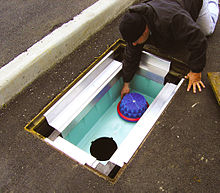
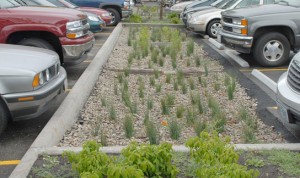
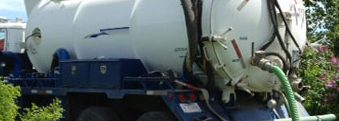


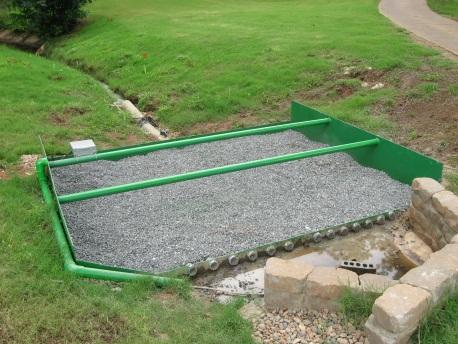
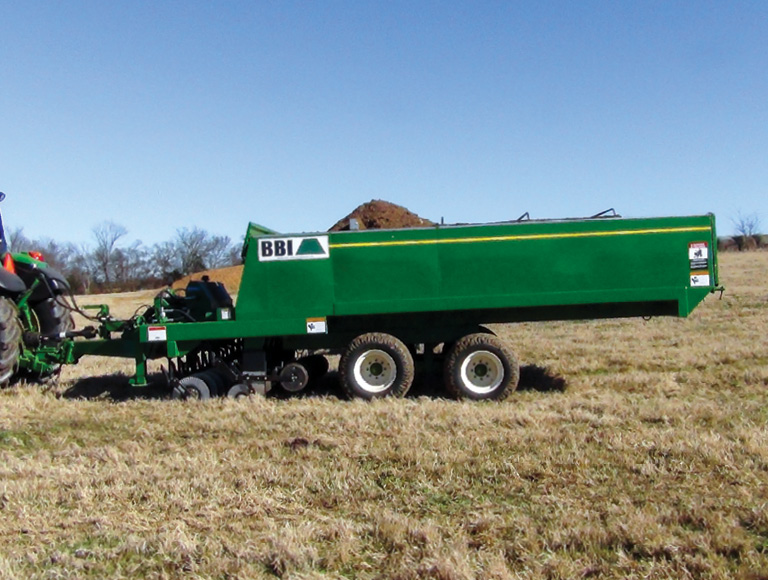
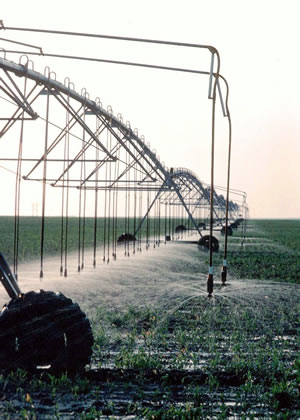
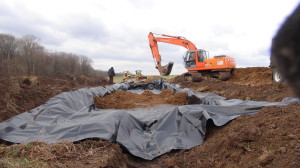
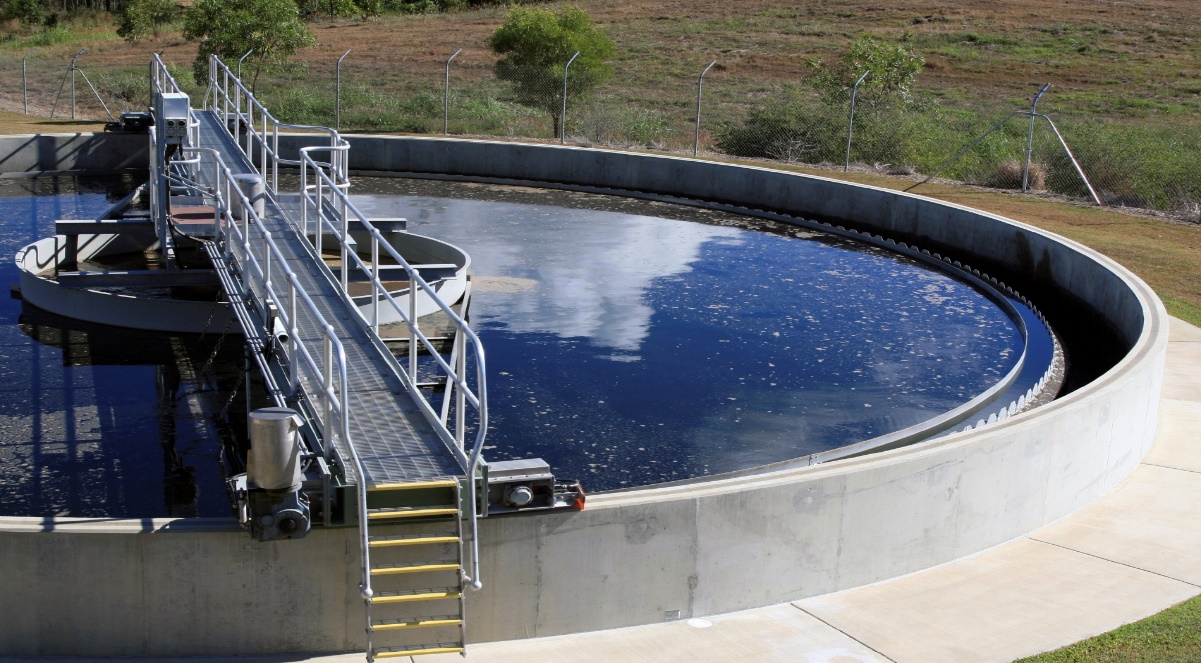


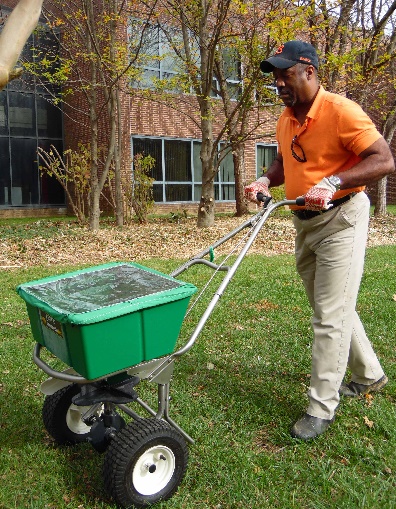

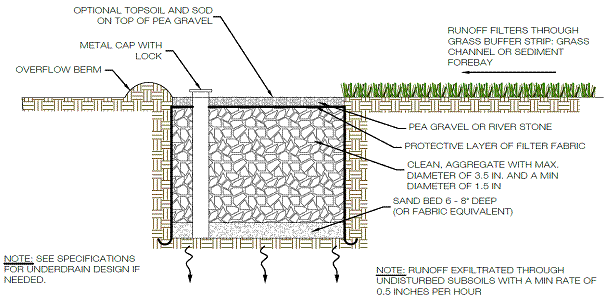
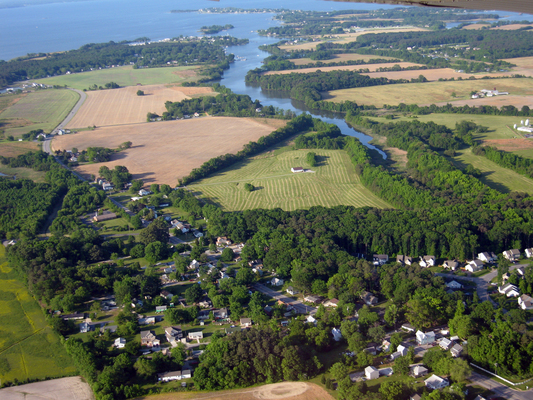
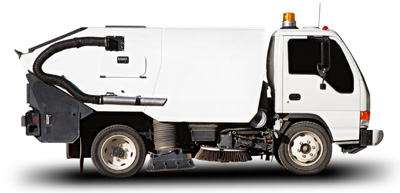
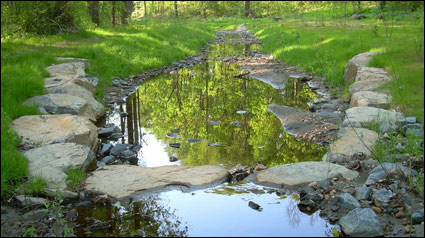
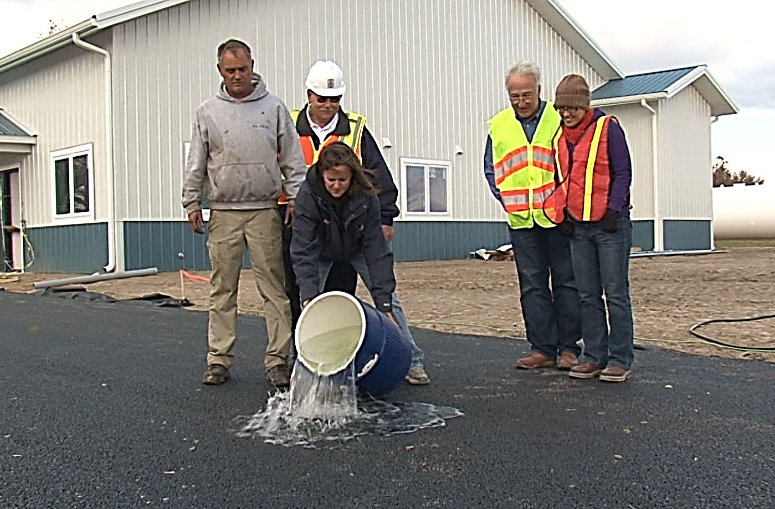
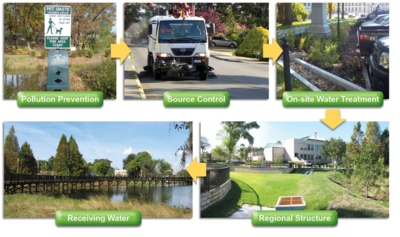
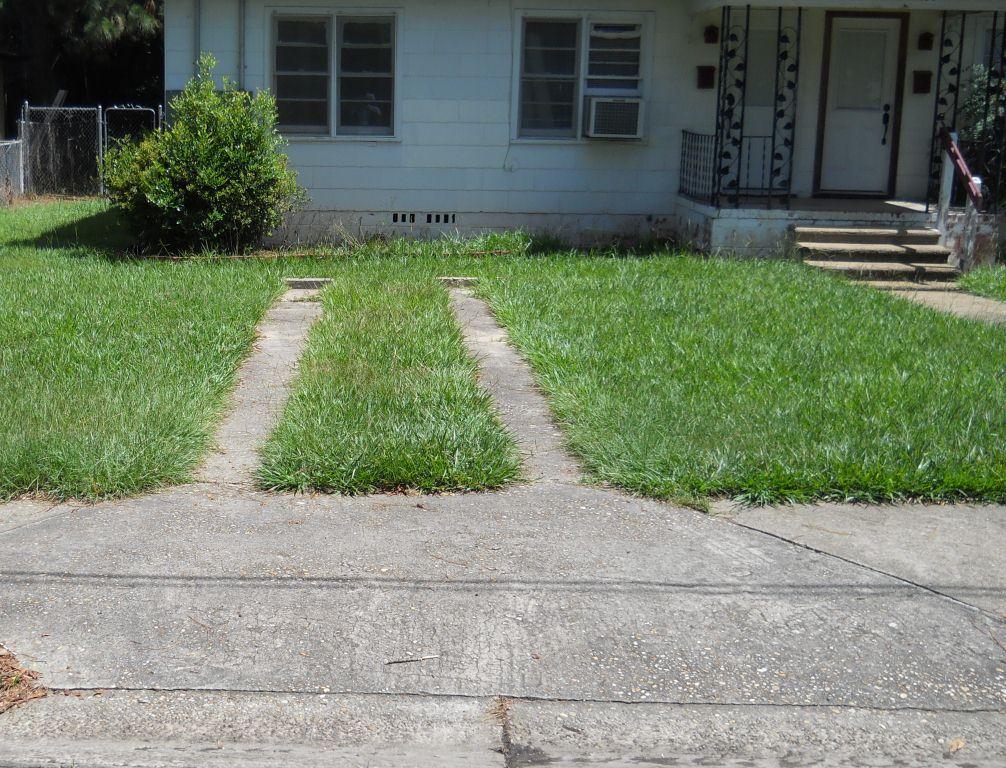

Feedback on This Best Practice